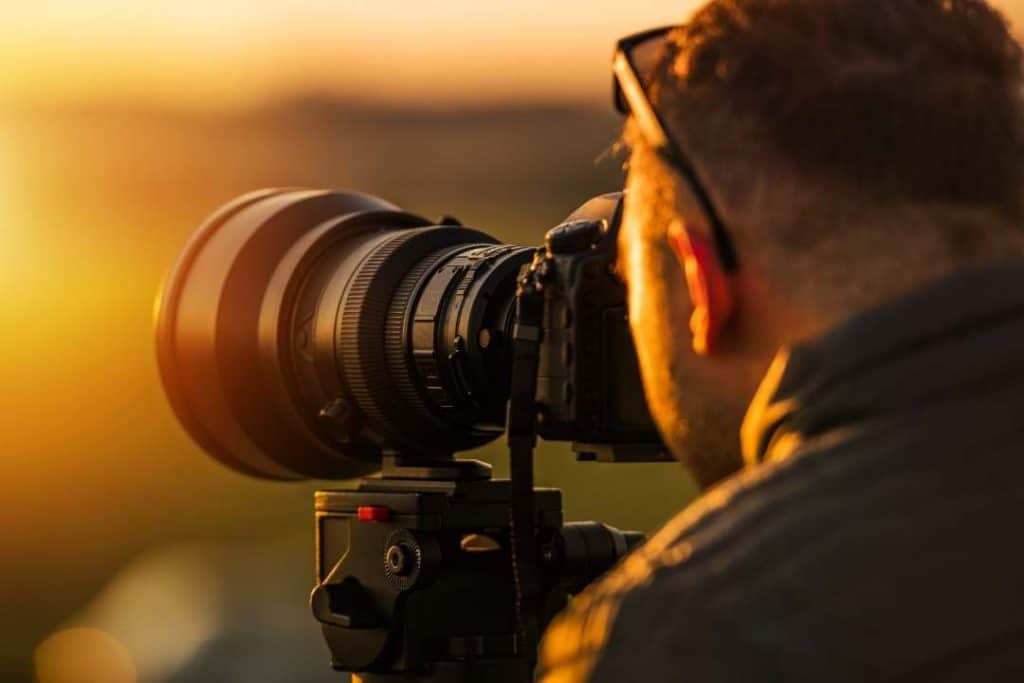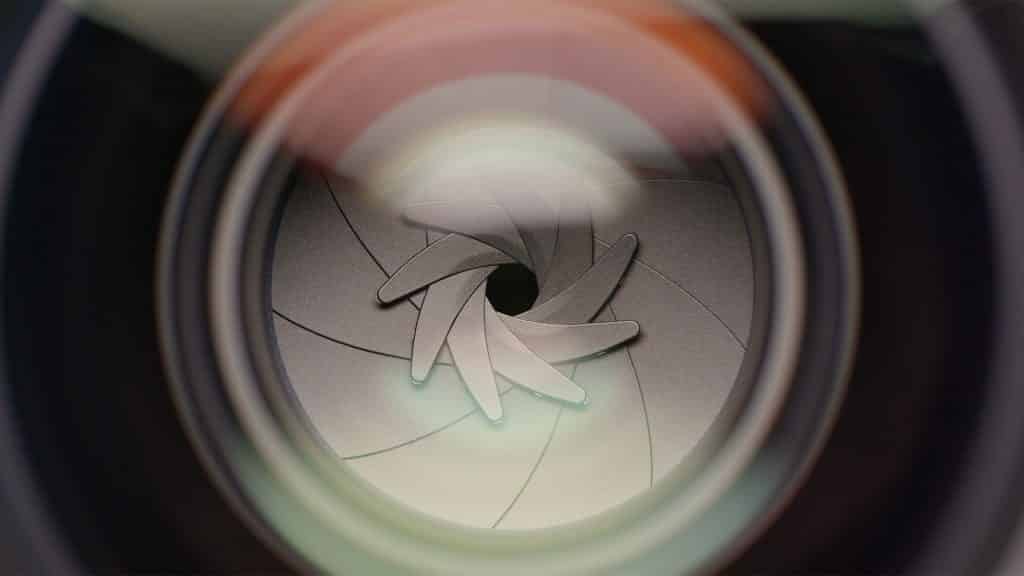Silent cinema is a foundational stage in the development of the film industry, characterized by the absence of synchronized sound and spoken dialogue, and represents an iconic and fascinating era of cinema history.
It’s an era that gave birth to many of the narrative and aesthetic conventions that are still used in modern cinema. Although silent films are no longer produced, the impact of this era endures.

- What is Silent Cinema?
- Origins and history of Silent Films
- Defining features of Silent Films
- The protagonists of silent cinema: Actors and filmmakers
- Silent Cinema’s Landmark Films
- The Legacy and Preservation of Silent Cinema
What is Silent Cinema?
Silent cinema refers to the films made during the early years of cinema, from the late 19th century to the 1920s, before the technology to synchronize sound with the image on the screen was developed.
Silent films heavily relied on facial expressions, body language, and intertitle titles to tell stories and convey emotions.
Silent film screenings were often accompanied by live music, played by a pianist or a small orchestra in the theater, to set the scenes and give them a rhythm.
Origins and history of Silent Films
Silent cinema was born in the latter part of the 19th century with the invention of the cinematograph, a device that could capture, process, and project moving images.
The Lumière brothers in France and Thomas Edison in the United States were pioneers in this field.
The first recognized narrative short film is “The Waterer Watered” by the Lumière brothers, released in 1895.
However, it was Georges Méliès “A Trip to the Moon” in 1902, which established many of the standards of narrative cinema and showed the potential of cinema as a medium for telling fictional stories.
In the 1920s, Hollywood became the center of global film production, and films like Sergei Eisenstein’s “Battleship Potemkin” and Robert Wiene’s “The Cabinet of Dr. Caligari” demonstrated the versatility and power of silent cinema.
The era of silent cinema came to an end in the late 1920s with the arrival of sound cinema.
“The Jazz Singer” (1927) is often cited as the first commercially successful sound film, marking the beginning of the transition to sound cinema.
Although silent cinema continued for a few more years, particularly in Europe, by the 1930s, sound cinema had become the standard of the global film industry.
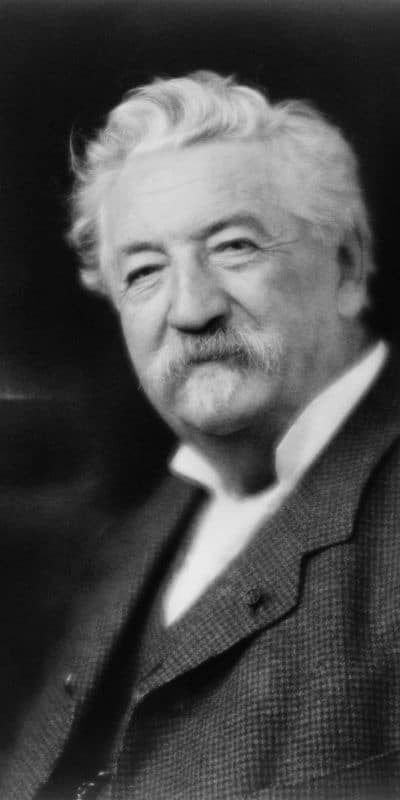
Defining features of Silent Films
Although silent films lacked spoken dialogue and synchronized sound effects, filmmakers developed a series of techniques and conventions to communicate the story and emotions to their audience.
Use of intertitles
Intertitles are texts that are inserted between scenes of a silent film to convey dialogues or plot details that cannot be conveyed visually.
This method was essential for silent cinema, as it provided filmmakers a means to communicate spoken language and contextual information to the audience.
Intertitles were often elaborately decorated and their visual style could vary significantly depending on the tone and theme of the film.
The role of music and sound
Although silent films had no spoken dialogue or synchronized sound effects, they were not projected in silence. Music played a crucial role in silent cinema, often providing live accompaniment during screenings.
Pianists, organists, and even small orchestras would provide music that matched the action on the screen, setting the tone and atmosphere, and sometimes even providing sound effects, like a loud thunderclap or a sharp scream.
Sound effects were also common in silent film presentations, often produced by effect machines in the theater or by the musician.
For example, to simulate the sound of a train, percussion instruments might be used. These live sounds were not synchronized with the action on the screen, but they provided a rich sensory experience that complemented the visual narrative.
Live music: its importance and role
Live music played a vital role in the experience of silent cinema. The sound, although not synchronized with the action on screen, provided the emotional and dramatic support to the images.
Live music could be as simple as a solo pianist or as complex as a full orchestra, depending on the location and resources of the cinema.
The choice of music was crucial. Musicians could emphasize tension, humor, romance, danger, and other emotions simply by changing the tempo, tone, and melody of the music they played.
In addition, silent cinema musicians often had to be highly adaptable, changing their performance according to the audience and their reactions.
Projection speed and its effect on the narrative
The projection speed in silent cinema was not standardized and varied depending on the cinema and the film.
In general, silent films were shot and projected at a speed of 16 to 24 frames per second, much less than the standard speed of 24 fps of modern cinema.
This variation in projection speed had a significant impact on the narrative.
Projecting a film at a slower speed could make the action appear faster and frantic, which was useful for comedies and action scenes.
On the other hand, projecting a film at a higher speed could make the action appear slower and melancholic, which was useful for dramatic and emotive scenes.
In addition, the projection speed could also be used for comedic effects, as projecting a scene at an unusual speed could make normal movements appear ridiculous or strange.
Therefore, the projection speed in silent cinema not only affected the appearance of the films but also the way stories were told.
Use of color in Silent Cinema
Although silent films are generally thought of as exclusively black and white, the use of color was common during this era.
In the absence of color technology, various methods were used to infuse films with hues and tones.
The simplest method was tinting and toning. With tinting, the entire frame was dyed a specific color to suggest a certain mood or time of day.
For example, blue was often used for night scenes, while yellow could indicate daylight. Toning, on the other hand, turned the dark areas into color, leaving the white areas untouched.
For more detailed and colorful scenes, hand coloring was used. This was a laborious process in which artists colored each individual frame of the film by hand.
Although it was expensive and slow, this method could produce impressive results, bringing scenes to life with a variety of bright and detailed colors.
Finally, the Technicolor process, an early form of color in cinema, was first introduced in the 1920s. Although this process was costly and complicated, it offered the possibility of filming in real colors, rather than tinting or toning the film.
However, due to its cost, Technicolor was not widely used until the 1930s, after the era of silent cinema had come to an end.
In general, although silent films did not have the same range of colors as modern films, filmmakers of the time used color creatively to enhance the narrative and visual aesthetics.
The protagonists of silent cinema: Actors and filmmakers
The era of silent cinema gave rise to a multitude of talented actors and filmmakers, whose work has left an indelible mark on the history of cinema.
Although the list of notable figures is long, we will highlight some of the most influential ones.
Buster Keaton: A Slapstick Genius
Buster Keaton is one of the most recognizable names from the silent film era.
He started his career in vaudeville before moving to cinema, where he quickly became a central figure in silent comedy, alongside figures like Charlie Chaplin and Harold Lloyd.
His style and contributions to silent cinema
Keaton is famous for his “slapstick” style, a type of physical comedy that relies on exaggerated and often violent actions. However, Keaton added his own unique dimension to this genre, making it more than just simple physical gags.
His on-screen character, known as “The Stone-Faced Man”, maintained an imperturbable expression amidst increasingly chaotic situations.
This feature, along with his remarkable ability to perform dangerous physical stunts without stunt doubles, distinguished him from other comedians of his time.
Moreover, Keaton was known for his visual wit and storytelling ability.
Many of his gags required meticulous planning and precise execution, and often played with the audience’s visual expectations in novel and surprising ways.
Keaton’s films, such as “The General” (1926) and “Sherlock Jr.” (1924), are classics of silent cinema and his influence can be seen in generations of comedians and filmmakers who followed him.
Despite the difficulties he encountered in transitioning to sound cinema, Keaton’s legacy in the silent film era remains intact.
Charles Chaplin: The Icon of Silent Cinema
Charles Chaplin, better known as Charlie Chaplin, is possibly the most iconic actor from the silent film era.
Born in London, Chaplin began his career in British vaudeville before moving to the United States and making a name for himself in the Hollywood film industry.
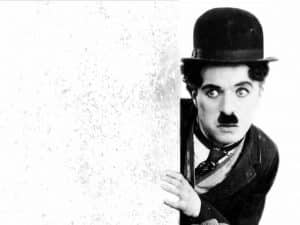
Charlot and the transcendence of his character
Chaplin is best known for his character of Charlot (also known as “The Tramp” in English), a vagabond with the manners and dignity of a gentleman.
Dressed in baggy trousers, a top hat, a flexible cane, and a small mustache, Charlot is an unforgettable character who has transcended the barriers of time and culture.
Although Charlot often found himself in comedic situations, the character also addressed serious matters.
Chaplin’s films often had a strong social component, addressing issues such as poverty, inequality, and injustice. Through Charlot, Chaplin was able to explore these issues with a blend of humor and pathos that resonated deeply with the audience.
Chaplin’s films, such as “The Kid” (1921), “The Gold Rush” (1925), and “City Lights” (1931), are considered classics of silent cinema.
Although Chaplin successfully transitioned to sound cinema, his character of Charlot, a product of the silent film era, remains his most lasting contribution to cinema.
Harold Lloyd: The Face of Danger
Harold Lloyd was another of the great comedians of the silent film era, famous for his thrilling stunts and his “common guy” character, which resonated deeply with the audience of the time.
His interpretation and footprint in silent cinema
Lloyd is mainly remembered for his character “The Glasses Guy”, an optimistic and determined character who often found himself in situations of extreme danger.
Unlike other silent comedians of the time, Lloyd’s character was less of a buffoon and more of an ordinary man, someone with whom the audience could easily identify.
Lloyd is perhaps best known for his film “Safety Last!” (1923), in which he performs a famous stunt sequence scaling a multi-story building.
Many of Lloyd’s stunts were genuinely dangerous and he performed them himself, which added a sense of authenticity and thrill to his films.
He produced and starred in over 200 films during his career, and his influence can be seen in generations of comedians and film actors.
Although perhaps not as widely remembered as Chaplin or Keaton, Lloyd left an indelible mark on silent cinema and remains one of its most significant figures.
Other Notable Actors and Filmmakers
In addition to the notable Buster Keaton, Charles Chaplin, and Harold Lloyd, there were other notable actors and filmmakers who left their mark on the era of silent cinema. Here are some of them.
Georges Méliès: The Magician of Special Effects
Georges Méliès was a French film director who stood out for his innovation in special effects and cinematic fantasy.
Méliès is known for his film “A Trip to the Moon” (1902), a masterpiece of silent cinema that featured astonishing visual tricks and overflowing imagination.
His films were famous for their use of illusion and magic, and they laid the foundation for the development of special effects in cinema.

Segundo de Chomón: The Pioneer of Fantasy Cinema
Segundo de Chomón was a Spanish director and special effects specialist who worked during the silent cinema era.
Known for his creative talent and technical innovation, Chomón was a pioneer in fantasy and animation cinema. His films, like “The Electric Hotel” (1905) and “The Haunted House” (1907), featured ingenious visual tricks and overflowing imagination.
His work influenced generations of later filmmakers and left a lasting mark on cinema.
These are just some of the notable actors and filmmakers from the era of silent cinema. Their talent and creative vision left an indelible mark on the history of cinema and their legacy continues to inspire later generations of filmmakers and artists.
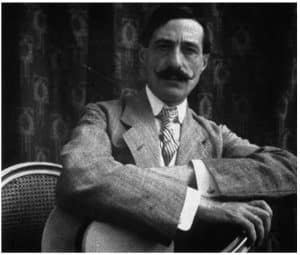
Silent Cinema’s Landmark Films
Silent cinema left a legacy of iconic and benchmark films that are still appreciated and studied to this day.
These outstanding silent movies not only capture the essence and creativity of the era, but also laid the foundations for the development of cinema as an art form.
Here, we will mention some of the gems of silent films that endure in collective memory.
Unforgettable Silent Cinema Titles
“Battleship Potemkin” (1925): Directed by Sergei Eisenstein, this silent cinema masterpiece narrates the events of the Russian Revolution and is recognized for its innovative montage technique and visual impact.
“The Cabinet of Dr. Caligari” (1920): Directed by Robert Wiene, this German Expressionist film is a benchmark of the horror genre and tells the story of a hypnotist and his sinister acts.
“Nosferatu” (1922): Directed by F.W. Murnau, this vampire film is considered one of the first and most influential in its genre. Its gloomy atmosphere and interpretation of Count Dracula have left a lasting imprint.
“The Kid” (1921): Directed and starred in by Charlie Chaplin, this dramatic comedy follows the story of a tramp who takes care of an abandoned child. It’s one of Chaplin’s most touching works and has been acclaimed for its ability to combine humor and emotion.
“The Jazz Singer” (1927): This film, directed by Alan Crosland, is widely considered the first commercially successful sound film. Although it includes spoken sequences, the visual style and narration of silent cinema can still be appreciated.
These are just a few of the benchmark silent films that continue to be appreciated for their historical impact and influence on contemporary cinema.
The Legacy and Preservation of Silent Cinema
Silent cinema has left an invaluable legacy in the history of cinema, and its preservation is an important task to keep these masterpieces alive.
However, silent cinema has faced challenges in terms of preservation due to the fragility of the materials on which these films were recorded and the lack of awareness about their importance in their early years.
Lost Films and Preservation Efforts
Sadly, many silent films have been lost over the years due to lack of care and preservation.
Some were intentionally destroyed to recover the silver nitrate, a valuable component used in film manufacturing back then.
Others simply deteriorated over time or were discarded due to lack of recognition of their historical value.
Fortunately, there have been significant efforts to preserve and restore the remaining silent films.
Film archives, institutions, and dedicated cinephiles have worked hard to find and rescue old copies, using modern restoration and digitization techniques to preserve these masterpieces for future generations.
Tributes and Influences in Contemporary Cinema
Although silent cinema is a thing of the past, its legacy and influence are still felt in contemporary cinema.
Many filmmakers have honored and paid tribute to the aesthetics and style of silent cinema in their works. From films like “The Artist” (2011), which recreates the era of silent cinema, to the incorporation of techniques and visual elements of silent cinema in modern productions, the impact of silent cinema remains visible and relevant in today’s film industry.
In conclusion, silent cinema will always be a cinematic treasure, and efforts to preserve it and recognize its historical importance are vital to keeping this fundamental part of film history alive.



